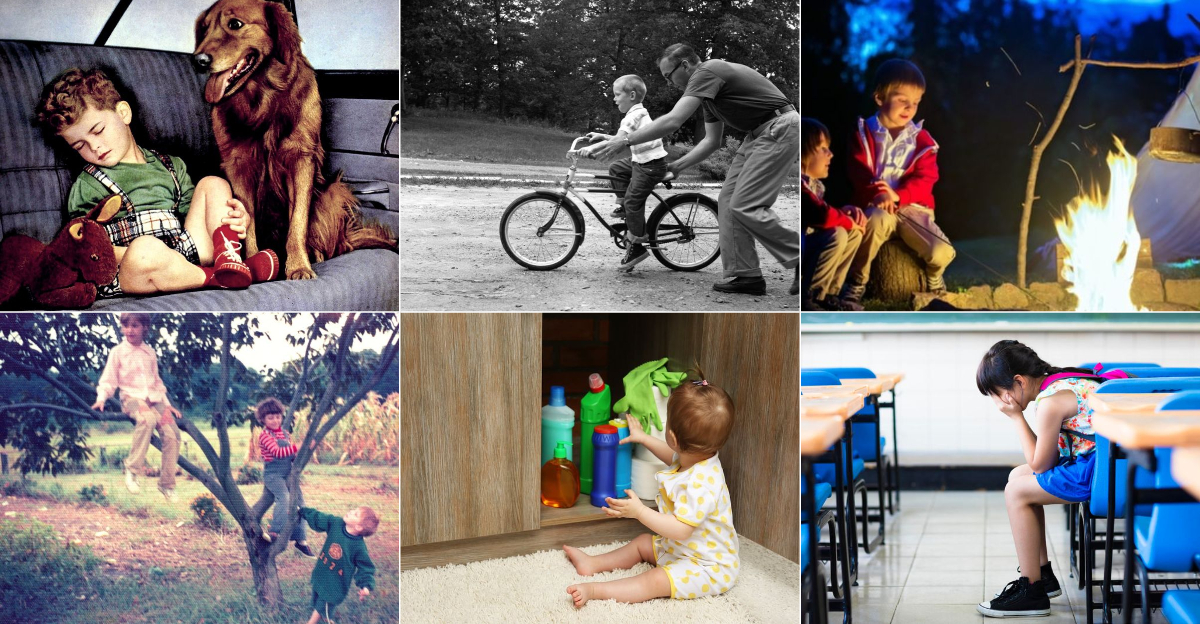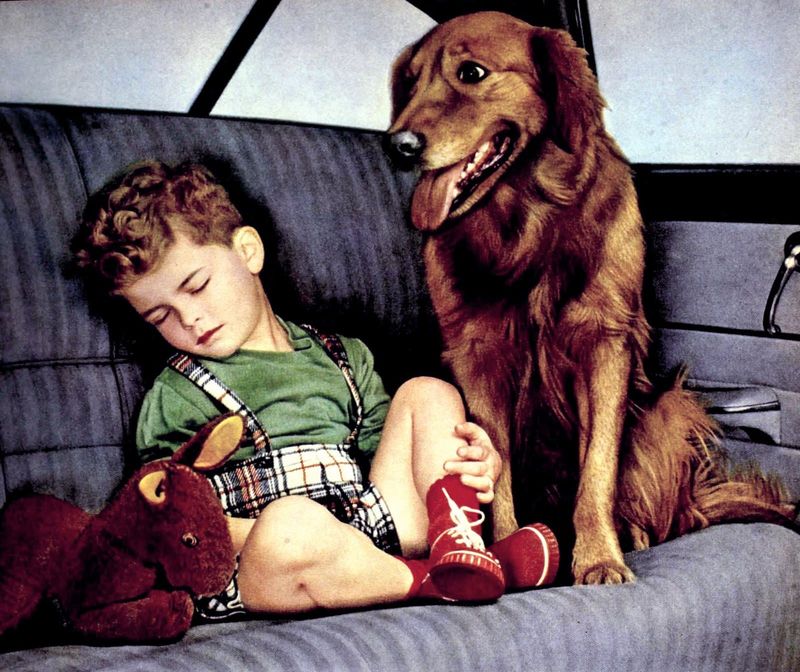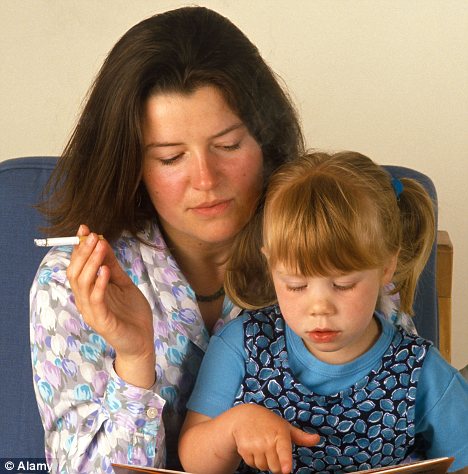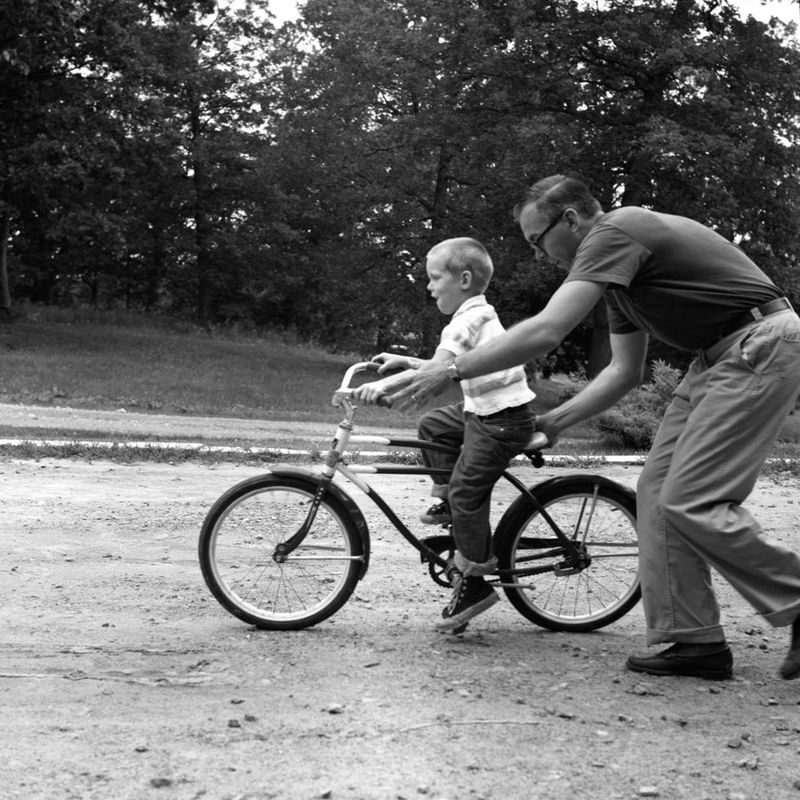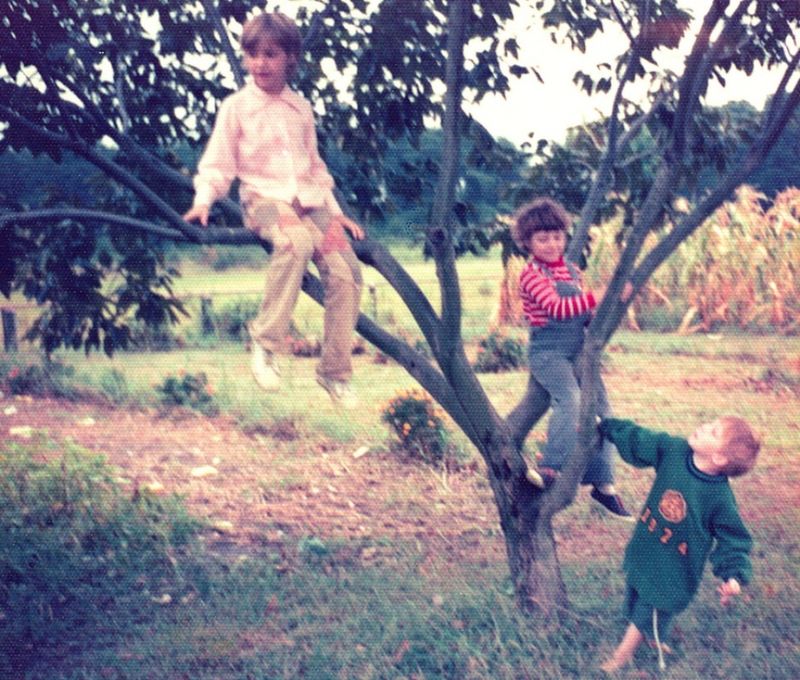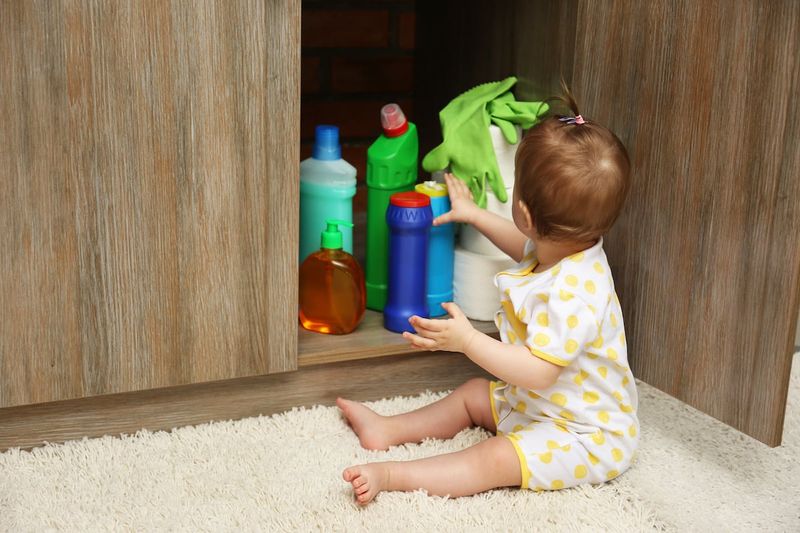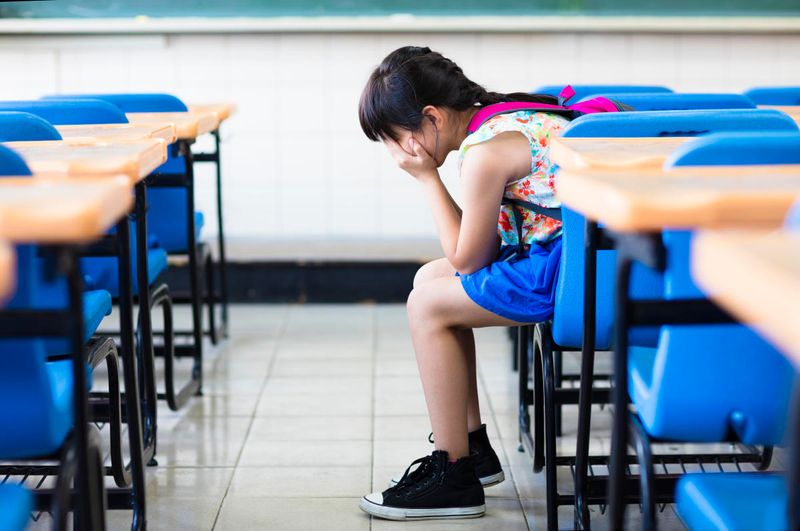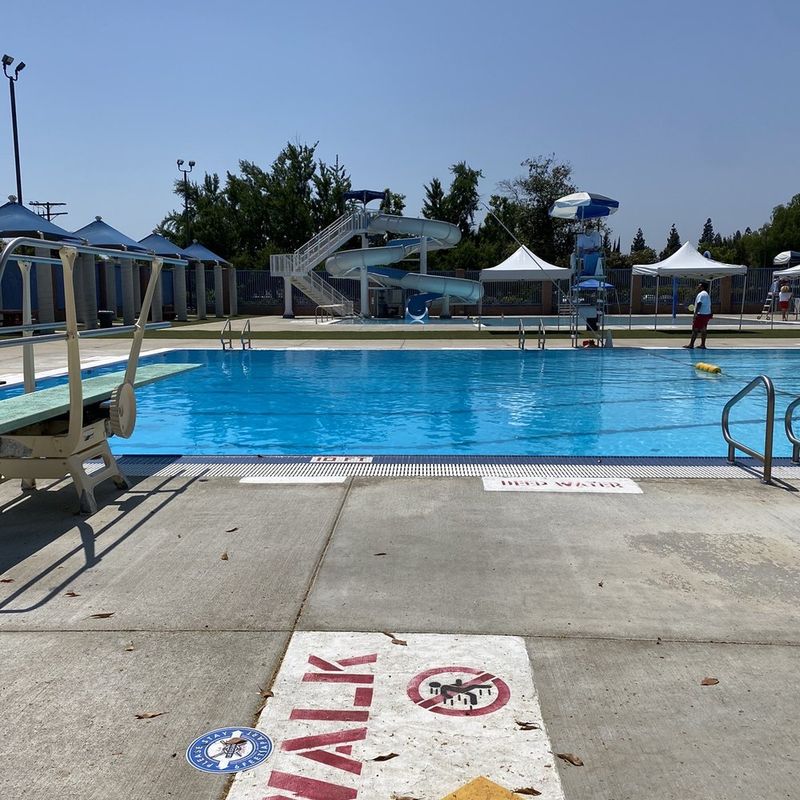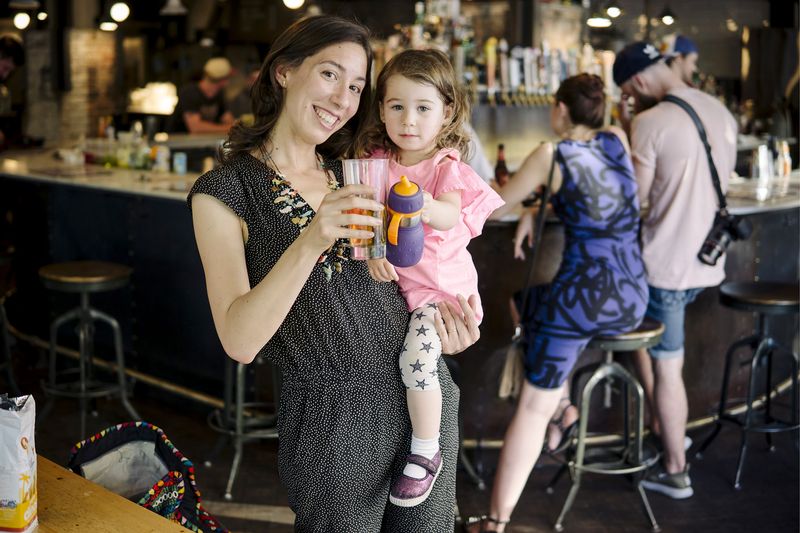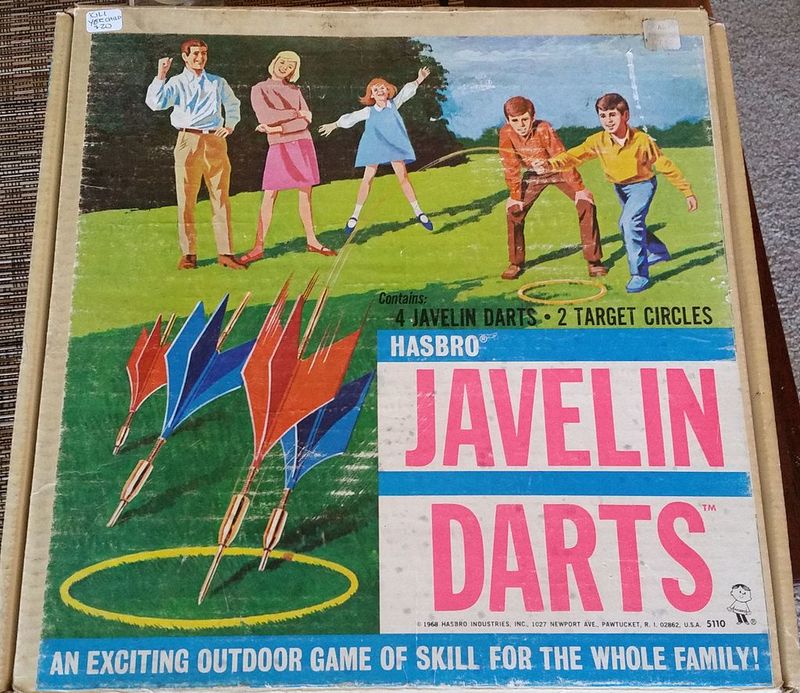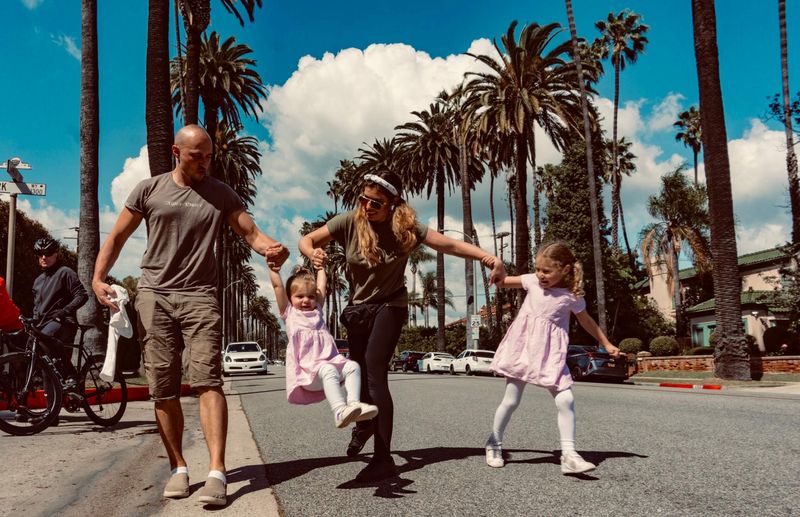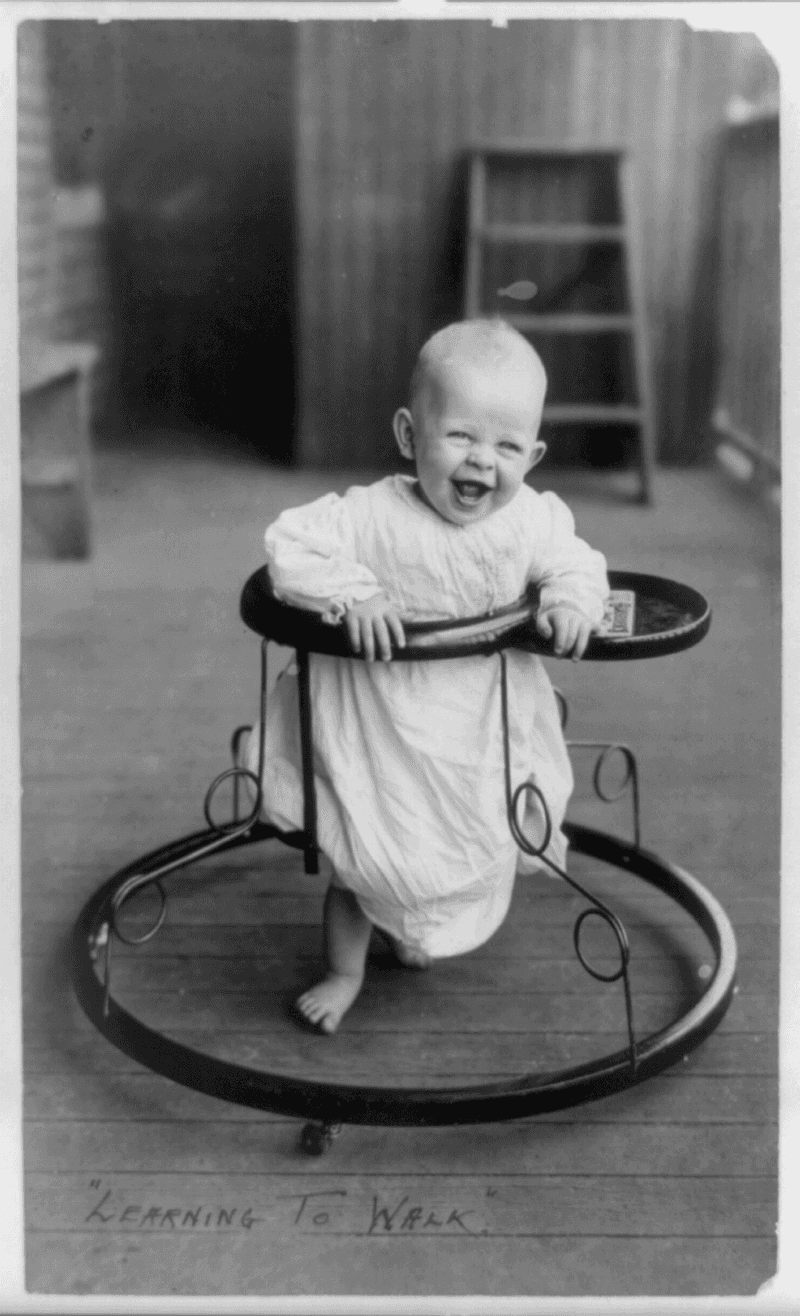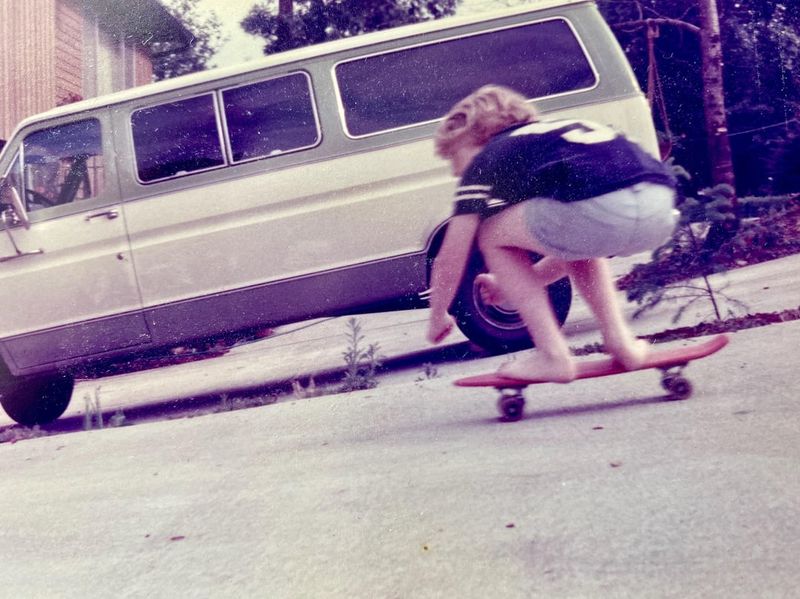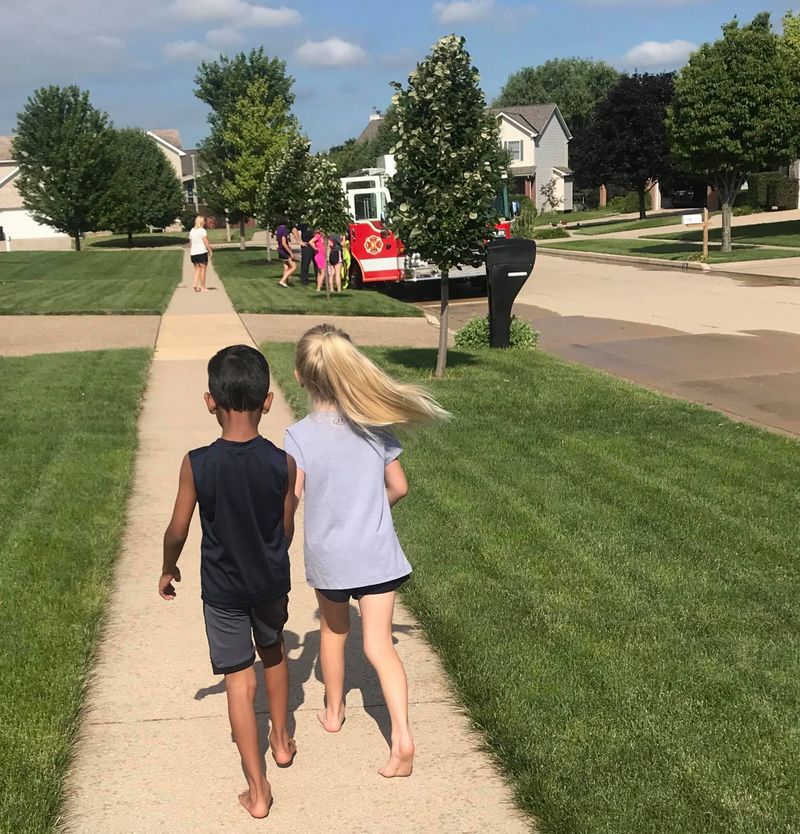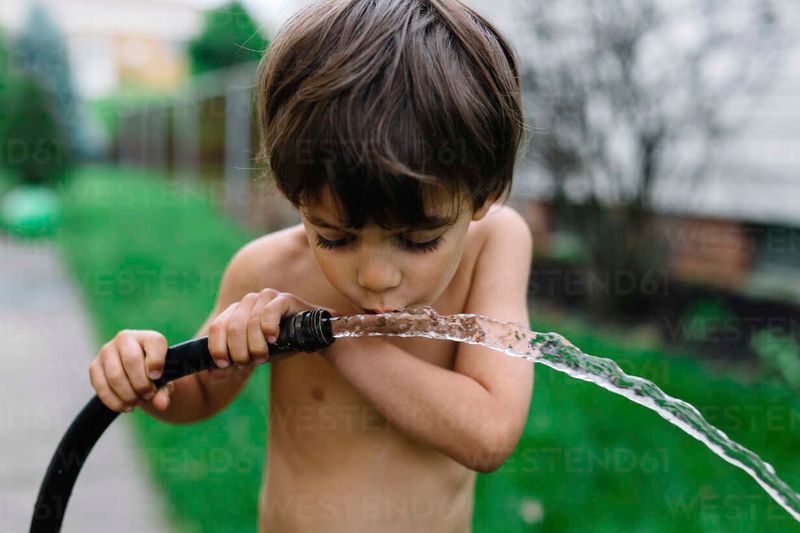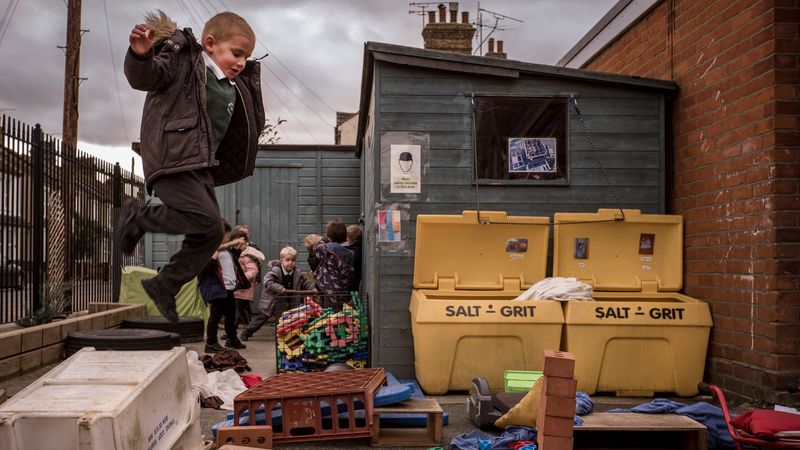The 1970s were a time of freedom and experimentation, not just in fashion and music, but also in parenting. Many practices that seemed perfectly normal back then would shock people today, and even land parents in legal trouble.
This list explores 23 such ‘safe’ parenting rules from the 1970s that, through a modern lens, highlight the dramatic shift in societal norms and legal regulations regarding child safety and welfare.
1. Car Seat Safety
In the 1970s, car seat safety was a concept in its infancy. Seatbelts were often optional, and child car seats were more of a suggestion than a requirement.
Many parents allowed their children to roam freely in the car, standing on the front seat or sitting on a parent’s lap. This practice, viewed as harmless at the time, would now be considered reckless endangerment.
Today, strict laws mandate the use of car seats and seat belts for children of all ages. These laws are enforced rigorously to ensure the safety of young passengers.
2. Smoking Around Kids
Smoking was a socially accepted habit, even around children. Parents and other adults often smoked indoors, filling the air with harmful secondhand smoke. This exposure was common in homes and cars alike, with children breathing in the toxic fumes.
Nowadays, smoking in the presence of children is heavily frowned upon and can lead to charges of child endangerment.
Public awareness campaigns and strict regulations have curtailed this practice significantly, aiming to protect children from the health risks associated with secondhand smoke exposure.
3. Bicycle Helmets
Riding a bicycle without a helmet was the norm for children in the 1970s. Parents didn’t think twice about letting their kids cruise around the neighborhood with the wind in their hair.
Helmets were not commonly available, and the importance of head protection wasn’t recognized. Today, the story is quite different. Helmets are a must-have for any child on wheels, be it a bicycle, scooter, or skateboard.
Laws require children to wear helmets to prevent head injuries, and parents can face fines for non-compliance.
4. Playing with Fire
In the 1970s, children often played with fire-related items like sparklers and firecrackers, sometimes with little to no supervision. This was part of the thrill and excitement of outdoor play.
However, such activities posed significant risks of burns and injuries. Today, strict supervision is recommended, and in many places, it is illegal for children to handle fireworks.
Modern parenting emphasizes safety first, encouraging activities that do not compromise a child’s well-being. The shift reflects a broader awareness of potential dangers and a commitment to preventing accidents.
5. Unsupervised Outdoor Play
Letting kids roam the neighborhood unsupervised was common in the 1970s. Parents believed in giving their children the freedom to explore and learn independently. The idea of ‘free-range’ children was cherished.
However, today’s perspective has shifted towards safety and oversight. While unsupervised outdoor play still happens, it is often within defined boundaries or under the watchful eye of guardians.
Modern parents are more cautious, given the heightened awareness of potential dangers in urban settings, leading to a balance between freedom and security for their children.
6. No Childproofing Homes
Homes in the 1970s were not childproofed by today’s standards. Sharp corners, open electrical outlets, and easily accessible cleaning supplies were typical in many households.
Parents relied on verbally instructing children to avoid hazards, trusting them to listen. Nowadays, childproofing is a critical aspect of parenting. Parents invest in safety gates, outlet covers, and cabinet locks to protect curious toddlers from harm.
This change underscores the increased emphasis on creating a safe living environment, acknowledging that young children are naturally inquisitive and prone to accidental injuries.
7. Corporal Punishment
Corporal punishment was widely accepted during the 1970s as a method of disciplining children. Parents and teachers alike employed spanking as a means to enforce rules and correct behavior.
Society viewed it as an effective way to instill respect and obedience. In contrast, contemporary attitudes have shifted significantly. Physical punishment is now seen as harmful, potentially leading to legal consequences for child abuse.
The focus has moved towards positive reinforcement and non-violent disciplinary methods, reflecting a broader understanding of child psychology and the long-term effects of corporal punishment.
8. Lax Supervision at Pools
Pool safety in the 1970s was not as stringent as it is today. Children often swam in backyard pools without lifeguards or even adult supervision. Flotation devices were optional, and the emphasis was on fun rather than safety.
The modern approach to pool safety is vastly different. Legislation now requires barriers around pools, supervision by capable adults, and the use of life jackets for young non-swimmers.
These laws aim to prevent drowning incidents, prioritizing safety over recreation, and ensuring that swimming remains a safe and enjoyable activity for children.
9. Kids in Bars
In the 1970s, it was not unusual for children to accompany their parents to bars. Drinking establishments often had a relaxed atmosphere where families could gather.
Children sat alongside adults, sipping on soda while their parents enjoyed an evening out. Today, allowing minors in bars is heavily regulated, with strict age restrictions and designated family areas in restaurants.
The change reflects societal concerns about exposing children to adult environments and the associated risks. Modern laws prioritize creating safe and appropriate spaces for children, ensuring their well-being.
10. Lead-Based Toys
Many toys in the 1970s were manufactured with lead-based paints, posing serious health risks to children. Despite the potential for lead poisoning, the dangers were not widely recognized or regulated at the time.
Today, the sale of such toys is strictly prohibited, and products are rigorously tested for safety. Regulations ensure that children’s items are free from toxic substances, reflecting a deeper understanding of the long-term effects of exposure to harmful chemicals.
This shift underscores the commitment to safeguarding children’s health, highlighting the progress made in consumer safety.
11. Public Transportation Alone
In the 1970s, it was not uncommon for children to use public transportation alone, traveling to school or activities without adult supervision. Parents trusted public transit systems and expected children to navigate them independently.
However, modern societal norms have shifted towards greater caution. Today, allowing young children to travel alone on public transportation can raise concerns and may even be considered neglect.
The change reflects a heightened awareness of potential dangers and a focus on ensuring children’s safety in public spaces, advocating for supervised or accompanied travel.
12. Lawn Darts
Lawn darts, a popular outdoor game during the 1970s, involved heavy, pointed darts thrown at targets on the ground. Children played unsupervised, unaware of the potential for serious injury.
The game was eventually banned due to numerous accidents and injuries. Today, such games are either prohibited or heavily regulated to ensure safety.
The shift highlights a growing awareness of the risks associated with certain toys and games, emphasizing the importance of safe play. Modern alternatives prioritize safety, offering similar fun without the inherent dangers of their predecessors.
13. Minimal Use of Sunscreen
Sunscreen use was not a widespread practice in the 1970s. Children spent long hours outdoors, often without any form of sun protection. The importance of sunscreen in preventing skin cancer and sunburn was not well understood.
Today, the use of sunscreen is a crucial aspect of outdoor safety, with parents ensuring their children are protected from harmful UV rays.
Awareness campaigns and medical advice emphasize the need for regular application, reflecting a significant change in attitudes towards sun safety and skin health, prioritizing protection over exposure.
14. Using Walkers on Stairs
In the 1970s, baby walkers were popular, often used without much concern for safety. Parents allowed infants to roam freely, even near staircases, leading to numerous accidents. Today’s safety standards are much stricter.
Walkers are designed with safety features to prevent falls, and parents are advised to supervise closely. The change underscores a broader awareness of potential hazards and a commitment to preventing accidents.
By prioritizing safety, modern parents aim to create a secure environment for their children, reflecting advancements in product design and safety regulations.
15. Playing in the Street
Playing in the street was a common pastime for children in the 1970s. Neighborhood streets served as playgrounds, with kids playing ball games and riding bikes without much traffic concern.
Today, this practice is discouraged due to the risks posed by vehicles. Parents are advised to ensure children play in designated safe areas, such as parks or playgrounds.
The change reflects a heightened awareness of road safety and a commitment to preventing accidents. Modern urban planning also emphasizes safe spaces for children, minimizing the need for street play.
16. No Helmets for Skateboarding
Skateboarding surged in popularity during the 1970s, yet protective gear like helmets was rarely used. Children embraced the freedom and thrill of skateboarding, often at the expense of safety.
Today, wearing helmets and protective pads is encouraged, if not required, to prevent injuries. Awareness campaigns and regulations highlight the importance of safety gear, emphasizing the need to balance fun with protection.
This shift underscores a broader understanding of the risks associated with extreme sports and a commitment to ensuring the well-being of young enthusiasts.
17. Home Alone at a Young Age
Leaving children home alone at a young age was more acceptable in the 1970s. Parents believed in fostering independence, trusting their kids to manage on their own. However, contemporary standards emphasize constant supervision to ensure safety.
Laws vary, but many regions have specific age guidelines for leaving children unattended. The shift reflects a growing awareness of potential risks, such as accidents or emergencies, and a commitment to safeguarding children.
Today’s parents are encouraged to consider their child’s maturity and ability to handle being alone before making such decisions.
18. Barefoot in Public
Running barefoot was a carefree activity embraced by children in the 1970s. Parks, playgrounds, and even streets were fair game for shoeless adventures. Parents didn’t worry about potential hazards like sharp objects or infections.
Today, there’s a greater emphasis on foot protection, encouraging footwear to prevent injuries and health issues. The change reflects an increased awareness of environmental hazards and a focus on safety.
While barefoot activities are still enjoyed, they are often limited to safer, supervised environments, ensuring that fun doesn’t come at the expense of well-being.
19. Drinking from Garden Hose
Drinking water from the garden hose was commonplace in the 1970s, seen as a convenient way to quench thirst during outdoor play. Parents were unaware of the potential health risks, such as exposure to harmful chemicals in the hose material.
Today, such practices are discouraged, with a focus on safe drinking water sources. The change reflects a broader understanding of environmental health and a commitment to ensuring children’s well-being.
Parents are advised to provide clean, filtered water instead, prioritizing safety and health over convenience.
20. DIY Playgrounds
Homemade playgrounds were a staple in many 1970s backyards. Parents constructed swings, slides, and other equipment using materials at hand, often without safety considerations.
These DIY structures posed significant risks of injury due to instability or sharp edges. Today, playground safety standards are stringent, with commercial equipment designed to minimize hazards.
The shift reflects an increased awareness of the need for safe play environments, prioritizing children’s safety over creativity. Parents are encouraged to choose certified playgrounds to ensure their children enjoy recreational activities without unnecessary risks.
21. No Fluoride Toothpaste
Fluoride toothpaste was not universally used in the 1970s, with many families opting for alternatives. The lack of fluoride contributed to higher rates of dental cavities among children.
Today, the use of fluoride toothpaste is a standard dental recommendation, recognized for its role in preventing tooth decay. The shift underscores a broader understanding of oral health and the importance of preventive care.
Parents are encouraged to establish good dental hygiene habits early, reflecting advancements in dental science and a commitment to promoting long-term health.
22. Lack of Child Restraints in Shopping Carts
In the 1970s, children often rode in shopping carts without any form of restraint. Parents didn’t consider the potential for accidents, as shopping trips were seen as routine and safe.
Today, shopping carts include child seats with restraints, designed to prevent falls and injuries. The change reflects an increased emphasis on safety in everyday activities, recognizing the risks associated with unsecured children in busy environments.
Parents are advised to use these safety features, ensuring their children’s security during shopping and highlighting the ongoing commitment to accident prevention.
23. Lack of Supervision at Amusement Parks
In the 1970s, children often enjoyed amusement parks with minimal supervision, riding attractions alone or with peers. Parents trusted the parks to ensure safety and allowed their children to explore freely.
Today, increased supervision is recommended, with parents encouraged to stay close and monitor their children’s activities. The change reflects a heightened awareness of potential dangers and a commitment to ensuring safe and enjoyable experiences.
Modern amusement parks also adhere to stricter safety regulations, aiming to prevent accidents and promoting a secure environment for all visitors.
